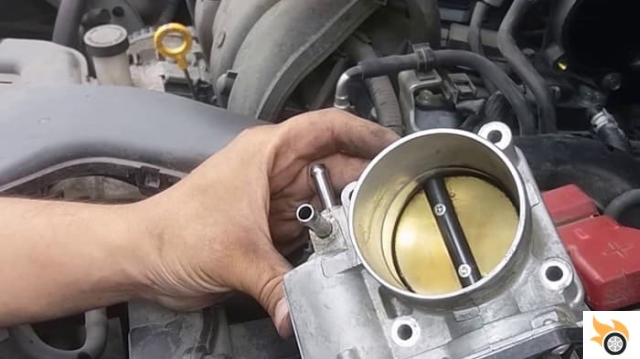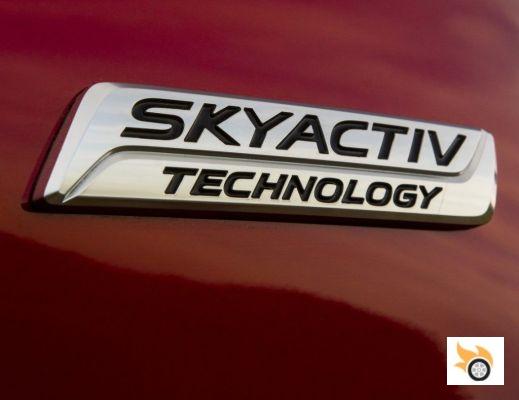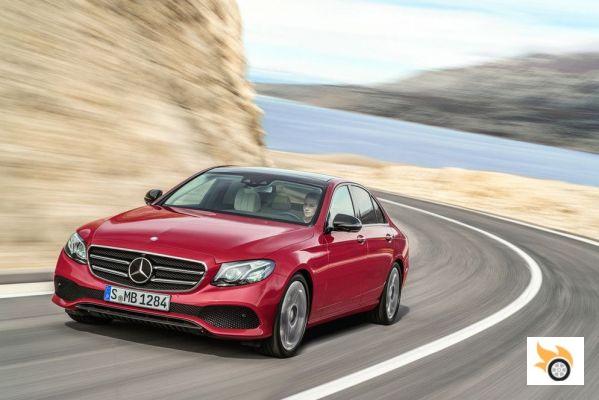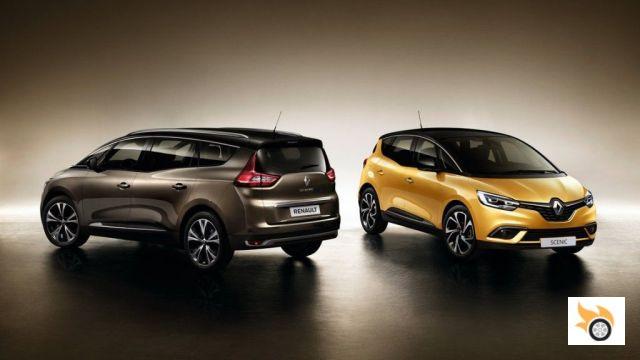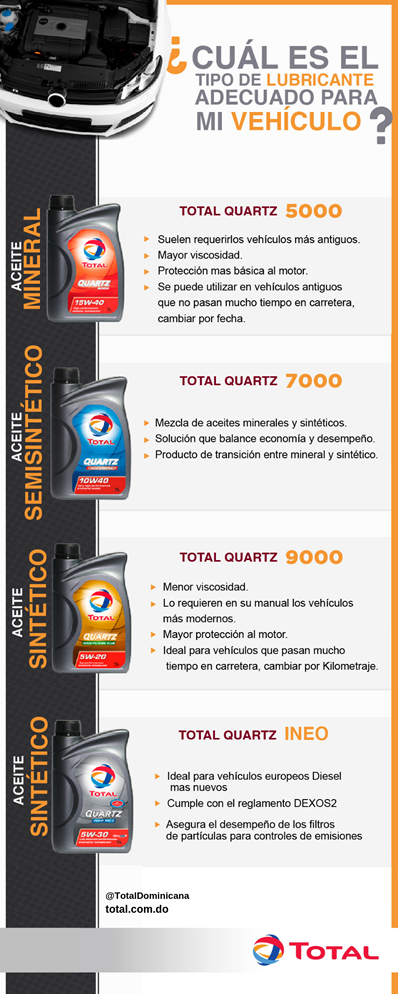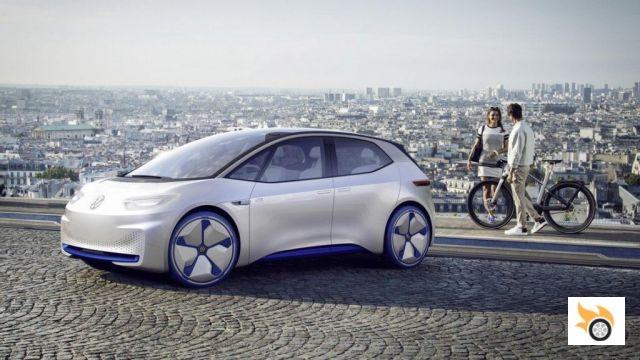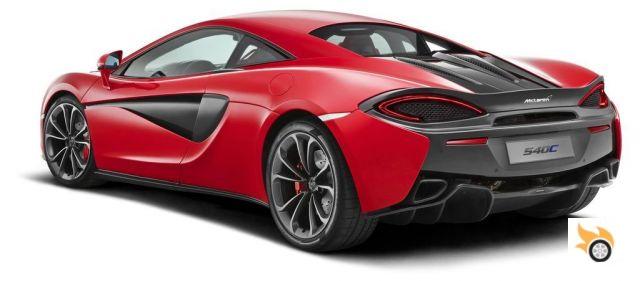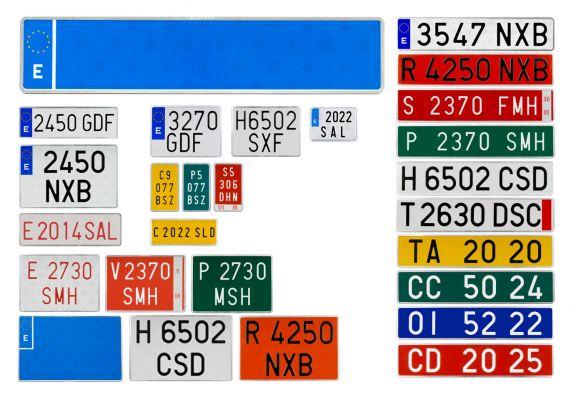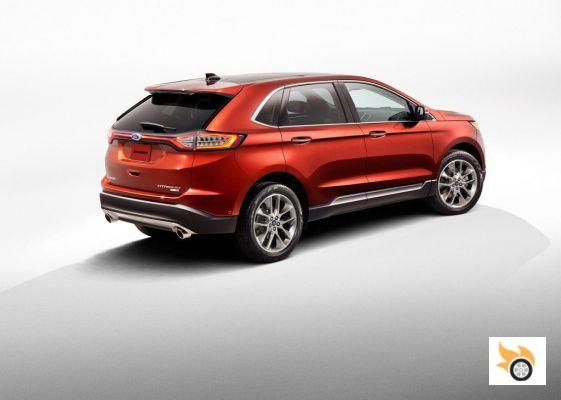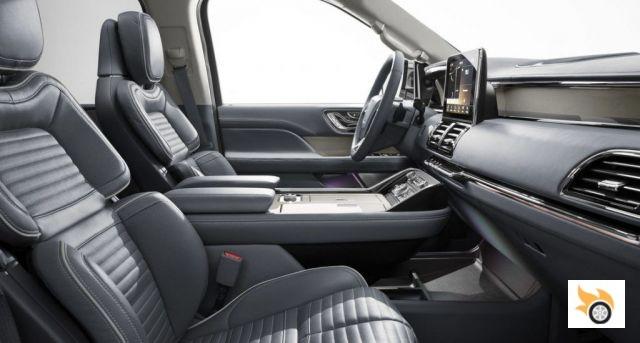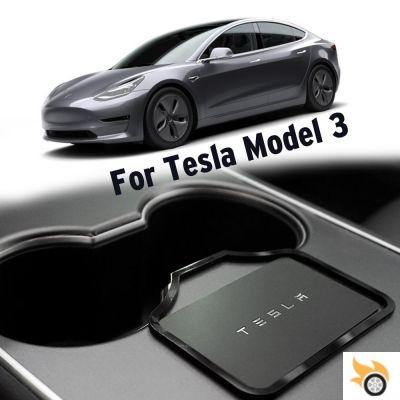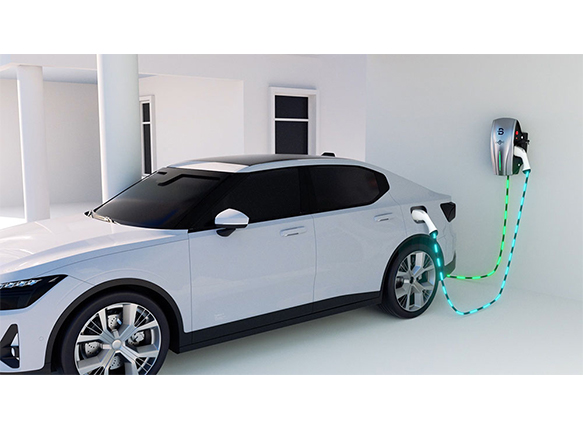
The charging times of electric cars change, let's see in this guide what they are based on the different car models, the different chargers and charging methods available today. The variables of the network are recharging in AC (alternating current) and recharging in DC (direct current). Added to these are the variables related to the model of electric car you have or want to buy: on-board charger, charging technology and battery.
- ELECTRIC CAR CHARGING AT HOME
- ELECTRIC CAR RECHARGE AT THE COLUMNS
- HOW LONG DOES IT TAKE TO RECHARGE 100 KM?
- HOW MANY KILOMETERS DO I RECHARGE IN TOTAL HOURS?
CHARGING TIME AT HOME
In this guide we will do the calculations with a home recharge starting at 2,3 kW (10 amps, 230 volts), assuming 100% efficiency. As seen in the chapter on top-up costs, there are dispersions that involve minimal variations. For consumption we will use kWh / 100 km.
Calculating charging times is very simple: that's it take the battery capacity (in kWh) and divide it by the charging power (in kW). For low powers the data is very close to the real one, for high powers the data deviates because the system slows down the charging speed by lowering the power to SoC (State of Charge, battery state of charge) values higher than 80%.
Charging at 2,3 kW:
- Tesla Model 3 (75 kWh): 32 ore
- Hyundai Kona Electric (64 kWh): 28 ore
- Nissan Leaf (40 kWh): just over 17 hours
Charging with wallbox at 3,7 kW:
- Tesla Model 3 (75 kWh): 20 ore
- Hyundai Kona Electric (64 kWh): 17 ore
- Nissan Leaf (40 kWh): 11 ore
From home, charging times can be further reduced by using "faster" wallboxes and increasing the power used.
CHARGING TIME AT THE COLUMNS
There are two types of charging stations for electric cars and they differ according to whether they are in alternating current or in direct current.
Charging with 7,4 kW AC column:
- Tesla Model 3 (75 kWh): 10 ore
- Hyundai Kona Electric (64 kWh): 9 ore
- Nissan Leaf (40 kWh): 5 ore
The most common AC columns reach up to 22 kW in three-phase while 7,4 kW is the maximum limit for single-phase.
DC stations allow for higher charging speeds but are more technically complex and more expensive. To connect you need the CCS Type 2 cable, the European standard, and the power varies according to the model and the service provider. Enel X allows you to recharge at 50/100 kW, Tesla up to 250 kW and Ionity up to 350 kW.
Important: not all cars support all DC charging powers, the maximum value indicated by the car always prevails. This means that a Kona Electric, for example, will charge a maximum of 70 kW even to a 350 kW Ionity station.
Charging with DC column (at 80%):
- Tesla Model 3 (supercharger v3): about half an hour
- Hyundai Kona Electric (Enel X or similar): just under an hour
When we talk about rapid charging in direct current we always consider a battery recharge of up to 80%, this is because the final part of the battery charges more slowly and, while travelling, it is not efficient to do so (unless the stop is prolonged for other needs, a lunch for example) since we are trying to optimize journey times and refueling times.
HOW LONG TO RECHARGE 100 KM?
To find out how long it takes for recharge 50 kilometers from home data on average consumption is needed. In this example we take as reference a consumption of 15 kWh/100 km:
kWh needed for 50km: 50km * consumption / charging speed
To recharge 50 kilometers from home, at 2,3 kW and in a car that consumes an average of 15 kWh every 100 km, it takes just over 3 hours. Using the AC columns, it is possible to recharge up to 100 kilometers in less than an hour with cars equipped with a 22 kW three-phase charger.
A DC rapid station can recharge 50 kilometers in very short but highly variable times as explained in the previous section of this guide. Loading the car in the example, it takes about twenty minutes to recover 100 kilometres. With a Tesla Model 3 Long Range charged to the Supercharger V3 you can go down to 5/6 minutes.
HOW MANY KM DO I RECHARGE IN TOTAL HOURS?
We can calculate how many km we load in a certain number of hours so as to understand if the electric car is right for us based on the time that, based on our use, we have available to connect it to the socket. Let's assume that I put the car on charge at 22.00 pm and take it off at 8.00 am the following morning, therefore 10 hours, the formula is as follows:
charging time * charging power / average consumption
In an hour of slow recharging at 10 amps will recover between 10 and 15 kilometres depending on the model of electric car under consideration. In one hour of charge a 3,7 kW recover up to 25 kilometers and so on.
An hour of recharging at a 7,4 kW AC column allows us to recover an average of 50 kilometers. By connecting to the DC station at 100 kW for an hour, we recover about 300 kilometres.
VIDEO




